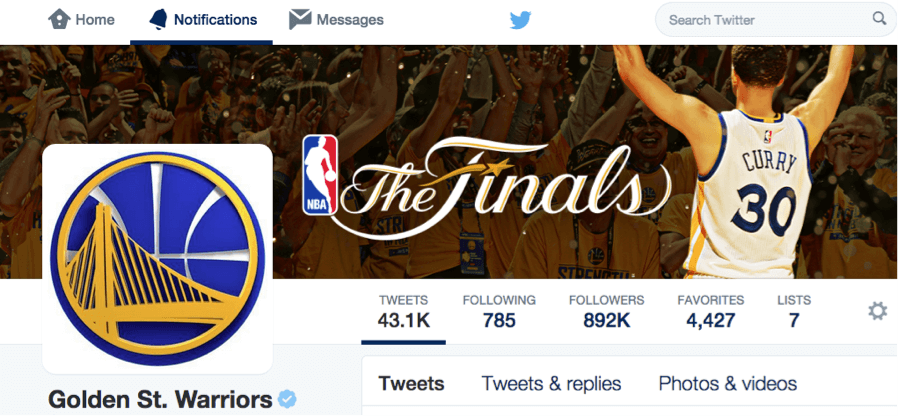Do you know what you should be doing to succeed at social media analytics? If you’re a small business owner or an independent marketing agency and want to focus on analytics, it is easy to get overwhelmed. Evaluating every metric and losing focus on what actually matters can lead to “analysis paralysis.” We don’t want that to happen to you!
Social media analytics is the process of mining data from social media sites and reviewing that data to make strategic data-driven marketing decisions. Let’s break down the basics of social media analytics so that you feel like a superhero using data to guide your business decisions.
4 Steps to Creating a Data-Driven Marketing Strategy
Step #1: Understand Your Audience
The first thing you will need to do in your quest to use data for decisions is to understand your audience. Get a feel for the social universe by consistently engaging on social media and gathering analytics for a set period of time. By doing so, you will gain an understanding of what content best resonates with your target audience, how your audience engages online and where they engage with your brand.
Understanding your audience means gaining a more in-depth understanding of their pains and where your product or service fits into their lifestyle. It will also give you insight into your landscape’s key influencers and your target customer persona beyond the basic age, gender, and location data points.
As you get more familiar with this audience, you’ll start to see general patterns, such as more engagement for one service or product, or stronger engagement on one social site over another.
Step #2: Define Your Goals
The second thing you’ll need to do is decide on the goal or goals you’re trying to achieve. Before building your business’s social media presence, clearly define your objectives and goals. These will drive your social media strategy which should outline the social channels best fit for your business type and needs. You may want to read more about finding your social media “sweet spot” and social media for small businesses, if you need to take a step back and evaluate your strategy.
Social media analytics provides a deeper dive into who your audience is, and it does so with more immediacy; it provides more comprehensive insight into behavior, attitudes and emotions.
What does a “good” or “attainable” goal look like? If you think you need a goal to increase lead generation, you might start by reviewing social site renewal numbers and conversion rate. Identify the thing you’re measuring (Leads), the input you need to get there (visitors to your social channel), and the output constraint (conversion rate).
Possible goals include:
- Increase lead generation
- Increase site visitors
- Increase your purchaser/user base
- Increase brand awareness
- Increase your subscriber base
- Increase your reader base
If you have already been collecting data, you can use it to set data-driven goals!
Step #3: Identify Which Metrics to Measure When Evaluating Success
After you have identified your goals, it is important to identify which metrics you will use to measure success. Depending on the goal you have identified, your metrics will vary. Let’s take a look at two different social media marketing goals and the possible metrics you would measure to evaluate for success.
- Goal #1: Increase blog readers
- Metrics: Engagement rate of posts, number of link clicks, how many times the article is shared on social, average time spent on an article by people coming from social, percentage increase of readers coming from social sites
- Goal #2: Increase site visitors
- Metrics: Number of visitors coming from social sites, bounce rate (to identify if they are high quality leads) and which social channels are driving the most site visitors
“Impressions” is an important KPI that measures the number of people who saw your content, or the audience for a message based on how many connections you have.

Since going to the 2015 finals, the Golden State Warriors’ brand reach has increased as interest and followers have increased.
To evaluate whether your brand met your goals, you might review the number of mentions, likes, comments, retweets, favorites, etc. and wonder what these numbers mean for your business. You should use these numbers both to answer the questions: “Did I meet my goals?” and “Why or why not?” and also to see what other trends you find in the data.
That’s where competitive social media analytics tools come in.
Step #4: Compliment Google Analytics With Competitive Analytics
There are many tools on the market and almost every social site today provides their own set of analytics tools, e.g. Facebook Insights and Twitter Analytics. It makes sense to use one primary, commonly used tool and at least one other tool for a holistic overview and to compare data points.
As a primary tool, I highly recommend using Google Analytics because it gives you a detailed understanding of how your social activity is influencing your ROI, site traffic, conversion rate, goal completion rate, etc. However, complementing Google Analytics with a competitive analytics tool gives you another way to look at your social activity.
Competitive analytics is an important ingredient in your analytics tool kit because social media analytics delivers easily accessible information on your competitors.
Tools like Rival IQ — where you can track one or more markets and learn from your competition — enable you to understand just how well your numbers stack-up against competitors in your market landscape.
You will see what your competition is doing, how that is working for them, so you can better define your objectives and next steps.
Consistent Reporting Counts Most
Social media analytics provide an enormous amount of information. Whether you report on analytics every Monday morning or do so bi-weekly, staying consistent is most important.
Understanding the basics will start you on your way from mere mortal to analytics superhero. Practicing and refining these skills will also make you feel more confident as you work to meet your business goals and to make better decisions for your business.
What social media analytics metrics are important to your business?




